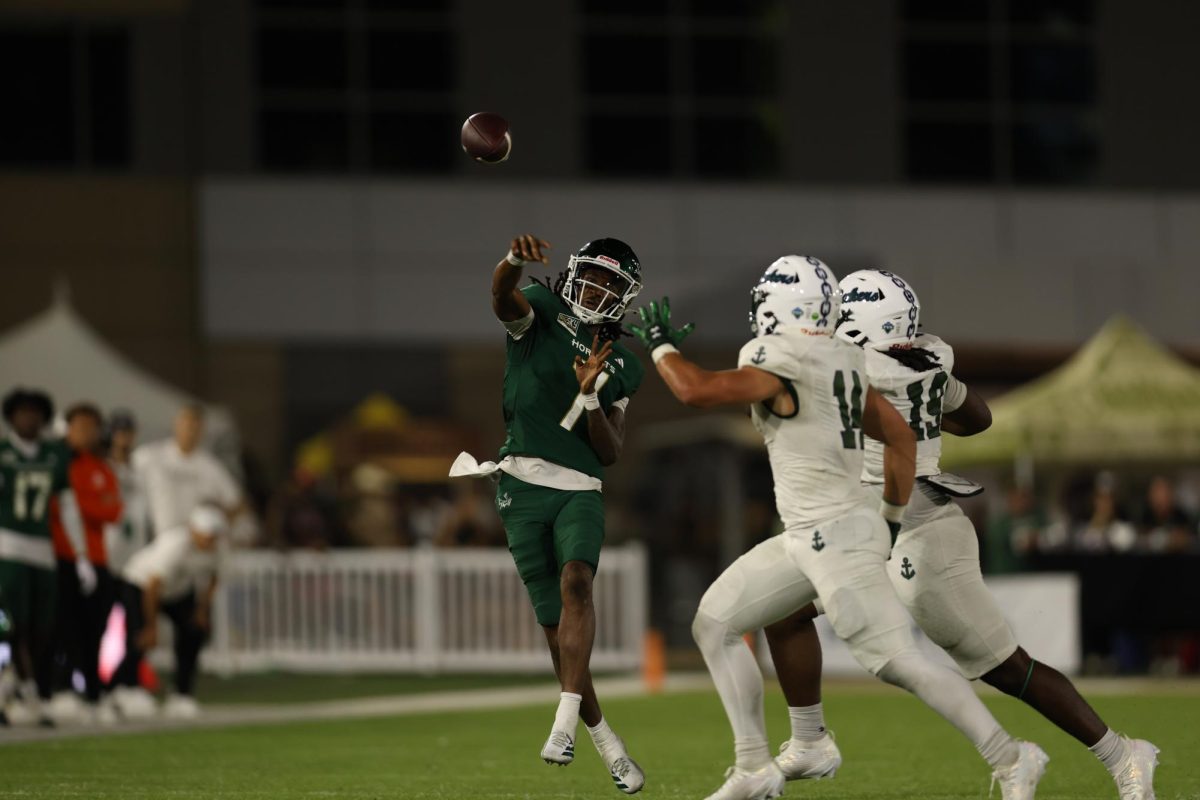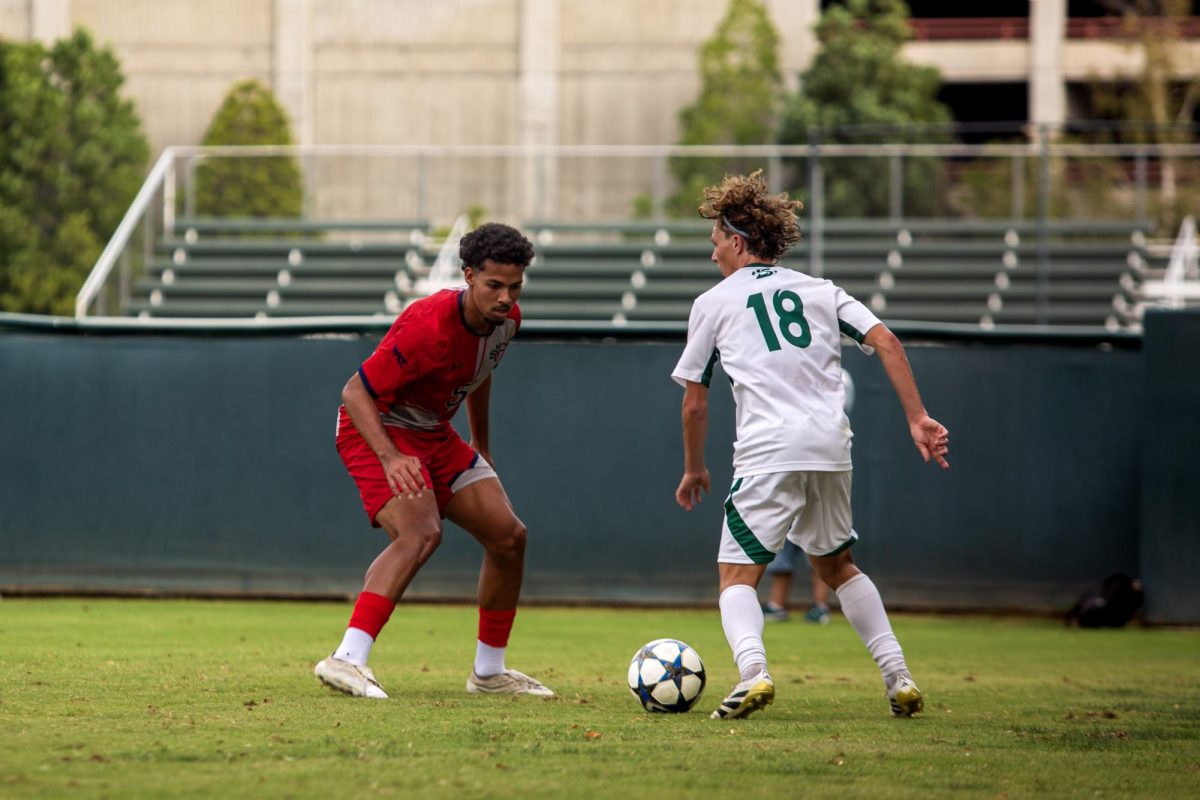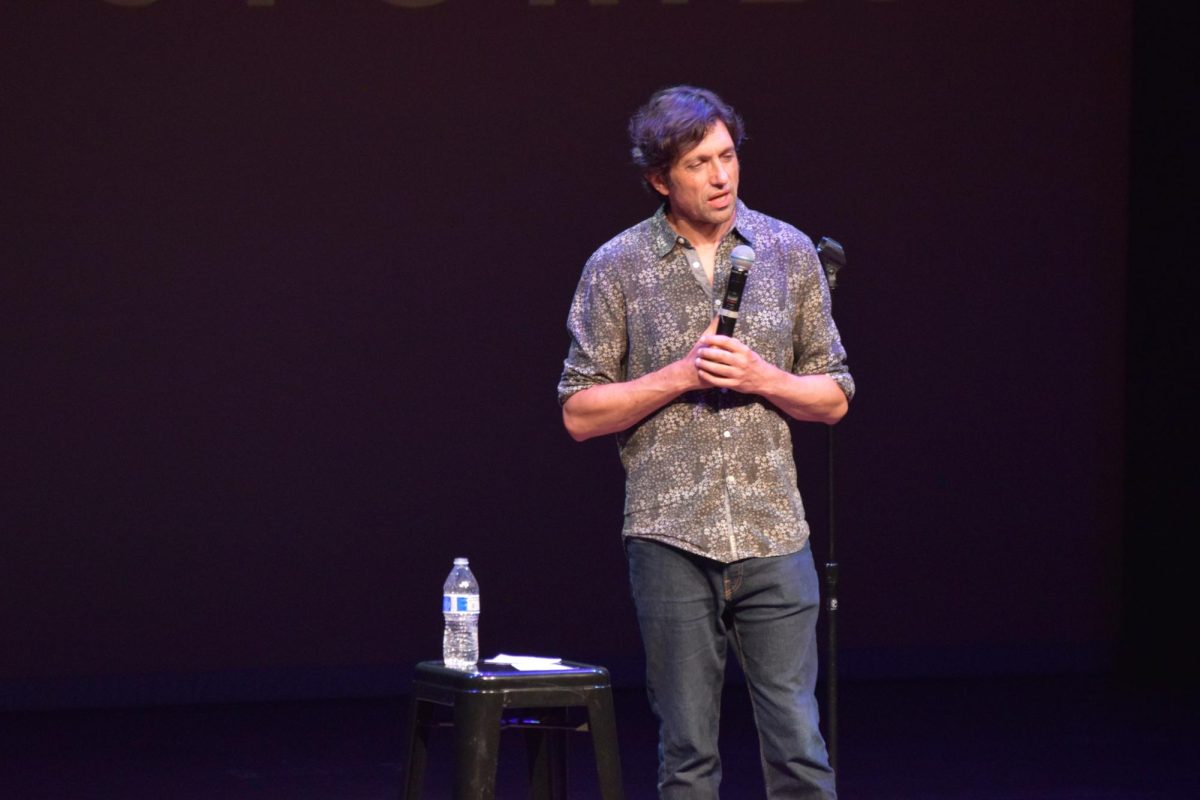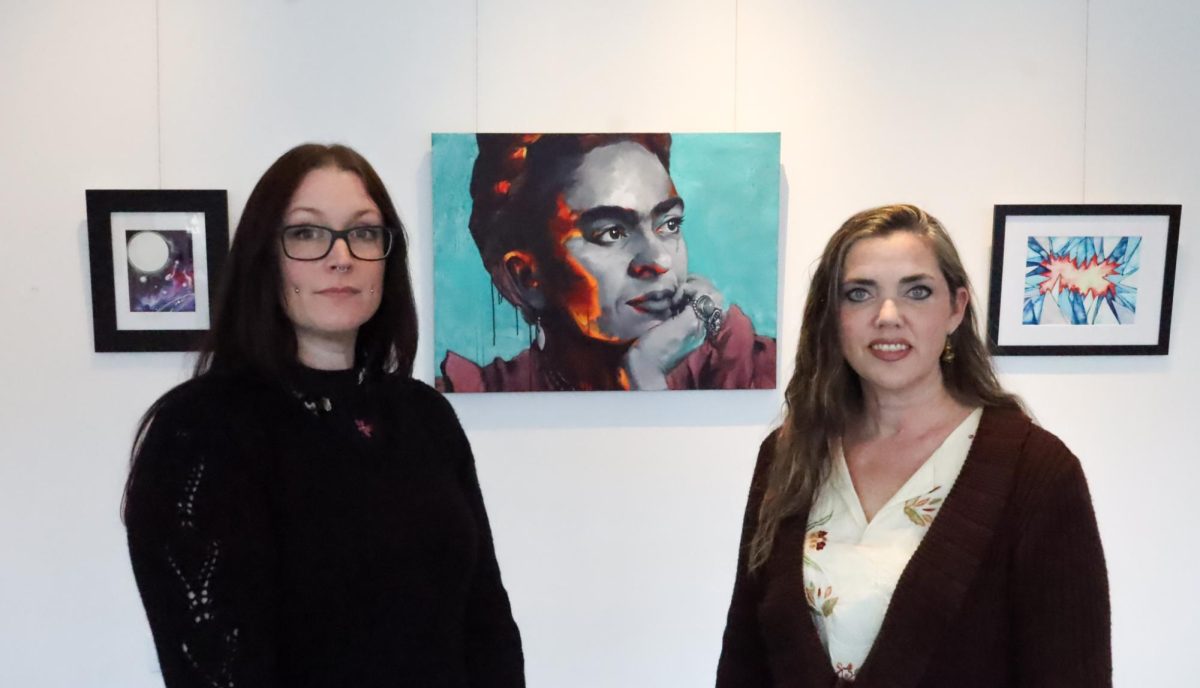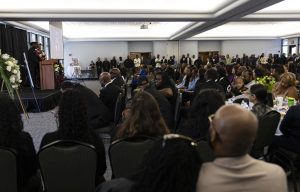Sac State student reflects on shooting, travels road to recovery
February 16, 2008
Leaning back against the pillows, Monica Bentley glances down at the metal rods wired through her feet. Still recovering and unable to walk, she now has time to reflect on the shooting last November, her ongoing healing and plans to reshape her future.
Bentley, a 20-year-old Sacramento State student, went to pick up a friend at a Davis motel on her way to the Asian Art Museum in San Francisco. But she never saw the friend she was supposed to meet. To her shock, Julio Cesar Mejia, an alleged stalker whom she hadn’t seen for a year, opened the door and allegedly shot her five times.
But Bentley’s story did not end there. Recovering for three months now and resuming her daily life, she realizes what kept her hopeful and positive in the midst of tremendous pain.
“(My family and friends) kept telling me I would get my life back,” she said. “They kept reminding me it wasn’t my fault. It’s easy to blame yourself in these situations. But they told me it will work out in the end.”
Anyone unacquainted with Bentley would not guess from her voice on the phone that three months ago she had a broken right arm, feet and ribs, a bullet in her left breast and a spinal cord injury. Her voice rings in a cheerful and polite manner as she listens attentively.
Bentley’s mother, Jessica Hijazi, said her daughter continues to be the same positive and friendly individual she has always been.
“She doesn’t want to give her attacker the power,” Hijazi said. “Her strength and determination come from inside. Monica wants to win. She is determined to heal, to stand up and to walk again.”
Bentley thanks family, friends and the two witnesses who rushed to the scene of the shooting to help. “They wrapped towels on all of her bullet wounds and applied pressure, so she wouldn’t bleed to death, until the ambulance arrived,” Hijazi said.
Beverly Johnson, Bentley’s grandmother, said ever since November, her granddaughter’s trials and injuries have bonded the family more than ever before. The sitting, talking and comfort have brought them all closer together.
“Even one little thing she has done toward recovery makes us jump for joy,” Johnson said.
But the healing process is slow and tedious on a physical, mental and spiritual level.
“From my observation, it’s like when you trip and fall on the sidewalk, you have to pick yourself up and keep going?you have to stand up, handle the pain and keep going,” Bentley said.
Bentley has severe bone damage in both feet. But the metal fixators and rods embedded in them may come off in a few weeks when they can handle pressure.
“I have a physical therapist that comes in three times a week. And I’m starting to get movement in my right arm,” she said.
Despite the daily hardships and pain, an overriding theme of thankfulness continually directs Bentley’s conversation.
“Monica frequently says that she is so happy to be alive,” Hijazi said.
Bentley always believed in assisting the neglected and abused and now she considers it a lifelong calling.
A year ago, she began working at Mercy General Hospital in the nutrition services department. She would set up celebration dinners for new mothers in the hospital, decorate tables and create a festive atmosphere.
After taking a class last summer at Sac State, she decided to major in sociology with a minor in women’s studies.
Her survival has only deepened her desire to help abused women.
“A lot of women can relate to me after what I’ve gone through. And no one deserves that type of situation,” Bentley said. “Domestic violence is a very serious issue today. This whole experience made me a stronger person.”
But Mejia is still at large and Bentley’s family and friends ask that anyone who knows information about him will help the police track him down. Life cannot fully return to normalcy while he is still out there, Bentley said.
“At first I thought he might come back to kill me,” Bentley said. Now she believes he’s run away for good.
“(The police’s) funds are limited, but we are hoping they can stick to the case and do whatever they need to do. We can’t wait for him to be caught,” Johnson said.
With Mejia still on the loose, it’s hard to not think about the possibilities each day. Bentley’s family expressed their frustration with the lengths they went through to obtain a restraining order a year ago and then for it to be useless.
“The families are the ones making changes,” Johnson said. “The victim has to make the steps to get away from the situations.”
Bentley’s mom, step dad, 16-year-old sister Brittney and one-year-old brother Walid moved to a different city last year to avoid Mejia. Despite the restraining order, Bentley would often still see Mejia at various places. Making the move was difficult for everyone concerned.
Bentley began a casual acquaintance with Mejia when she was 17.
“It wasn’t anything serious,” Bentley said. “I was learning how to speak Spanish, so he helped me with that. Then he started getting obsessive.”
Mejia would call her numerous times a day and wait at the end of her street for five to six hours until she came home on the bus, Bentley said.
“He would follow me to stores and shopping plazas and try to confront me. One time, a friend and I were at fireworks show and he tried to run us off the road.”
After that incident, she flagged down a nearby police officer who advised her to get a restraining order.
After finally getting the restraining order, Bentley stopped seeing signs of Mejia. But her family still decided to move.
“We didn’t know what his potential was. He called me a few more times after that, but of course we didn’t answer,” Bentley said.
According to police, Mejia used an accomplice, a friend Bentley made some time prior to the shooting, to get her to the motel in Davis. The accomplice, a 15-year-old who told Monica he was 18, was caught immediately following the shooting.
Bentley said she can now recognize the signs of an abusive or stalker-type of situation. And when she returns to Sac State for fall 2008, she hopes to volunteer at the Women’s Resource Center.
“Obsessive behavior, calling 30 times a day, checking your personal belongings and being jealous when you are with friends” are all warning signs women should recognize, Bentley said. All of these were ways Mejia tried to dominate and control her, she said.
Jessica Heskin, educator for the WRC, said there have been far more domestic violence cases lately.
“It’s almost 50-50, which is not the norm.” There were 10 domestic violence cases last semester, which is almost a whole year’s worth.
Between fall 2006 and fall 2007, there were 22 domestic violence, 26 sexual assault and five stalking cases recorded involving Sac State students. None of the incidents occurred on campus.
The WRC provides many services ranging from counseling to assistance obtaining restraining orders. Domestic violence, also known as “intimate partner violence,” can take many forms including physical, verbal and sexual abuse.
One in three women killed in the United States is murdered by her boyfriend or husband. One in four American families is affected by domestic violence. Women 16 to 24 years old are among the highest range of victims, according to the WRC’s web site.
“Victims are trapped in intimate-partner violence by a number of factors: deep fear, lack of financial support, love, loyalty, cultural and family values and the depression and hopelessness that constant abuse can cause,” the site stated.
If you are advising anyone in a domestic violence situation, Heskin said it is important to never force the victim into reporting or shaming them into it.
But what’s most important is to never ignore these situations and always create a safety plan if it involves physical violence.
If you or someone you know is a victim of intimate-partner violence, Heskin can be reached at the Student Health Center at (916) 278-3799 or call the WRC at (916) 278-7388.
Chloe Daley can be reached at [email protected].

















































